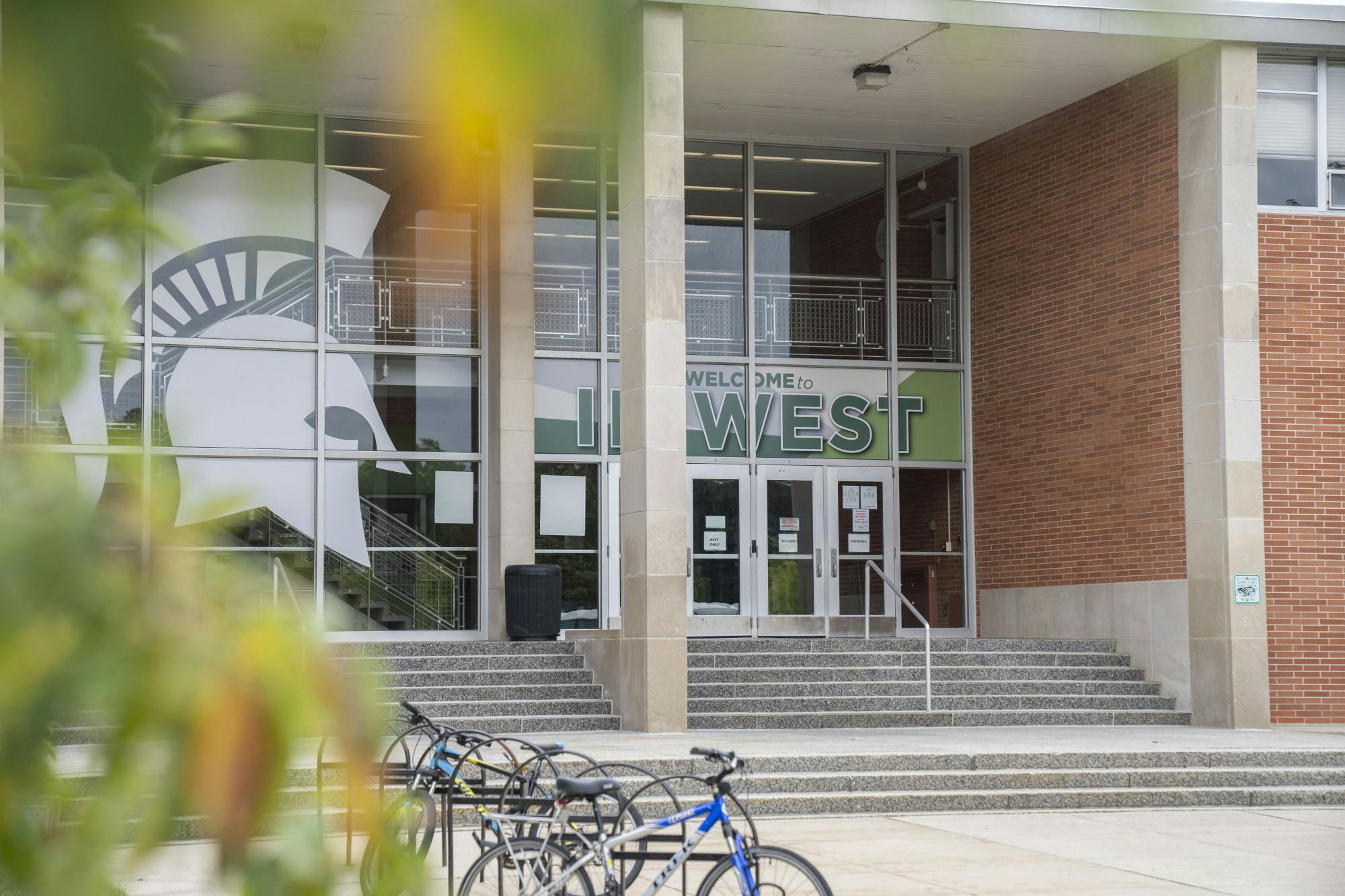With several buildings under construction and more in planning, Michigan State University is losing its green spaces. The Multicultural Center and Student Recreation and Wellness buildings are under construction now, but the university is planning for a Plant and Environmental Science building and a Health Sciences Building in the near future.
The campus plan also lists IM West under potential demolition. Campus planner Brandon List said IM West's destruction is unconfirmed but there aren’t many reasons to keep it.
"It’s towards the end of its useful life," List said. "We obviously can’t consider demolishing it until student rec. and wellness is completed."
List said they are certainly considering it and they have several reasons to. Renovating it will soon become more expensive than its worth because of the building's age. He said, operationally, it makes sense to demolish a building when it’s at the end of its useful life so that the university isn’t heating or cooling it when it isn’t being used to its highest capacity. IM West also sits close to the Red Cedar River, which has a pattern of flooding.
"If you look in that general area, what we’re very conscious of is flooding," List said. "Flooding in that area happens to where it was completely inundated a number of years ago and that’s happening more and more."
List said he is trying to give the river more space when looking to future development. He has hopes for additional green space in the triangular area between the stadium, Demonstration Hall and the river to benefit campus life and give the river some much-needed room.
"If we build a building there and it floods every two years, it’s expensive, so we want to be very conscious of that," List said.
Daniel Hayes, a professor of Fisheries and Wildlife at MSU, said leaving the area as a natural space might not change the flood patterns, but it can lessen the effects and even help the water quality in the river.
"If building a building in an area that, under current climate conditions, is prone to flooding, that seems like it wouldn’t be very prudent," Hayes said. "But some of the green space could be used as a buffer to help water soak in more slowly but also to capture any kind of nutrients and run off that comes off our parking lots, sidewalks and building tops."
Hayes said he understands every piece of land the university has is valuable and the planner's job is to make the best use out of that land.
"Sometimes it’s the use versus the risks it poses to the infrastructure itself but then also the kind of collateral impact it has on the river," Hayes said. "I could easily see that area having some green space value in terms of protecting the river."
Hayes thinks students and faculty benefit from having a more natural environment and setting. The Baker Woodlot and Sanford natural areas have been a part of the campus for a long time and are a major part of MSU’s identity, he said.
"The students in our field who are outdoorsy types really do find them as a place of solace," Hayes said. "I’ve had students who come down from the UP to Lansing and they think they’re coming to a real city and there’s no outdoors. Once they found out about the Baker Woodlot they’re like 'wow, there really are small areas here that are green and valuable.'"
Chemical engineering junior Julia Lavallee also said natural spaces are important to students.
"I think it’s important to connect with nature, especially for mental health purposes," Lavallee said. "I think that nature is a really good way to kind of just let things go, especially as college students, it’s hard to do that."
Being from a rural area, Lavallee doesn’t think she would've attended MSU if there weren’t any woods or green space.
"I think if everything is just asphalt and buildings, then it gets very depressing, especially during the winter," she said.
Brandon List said he is keeping green space in mind, and while no student organizations have contacted him about green space preservation, he is open to communication.
"There are plans to preserve and add green spaces to some locations on campus," List said. "Prior to construction of the Multicultural Center, it was a green space but we knew that that central part of campus was a good spot to continue to densify."
List said while that green space is now a construction zone, the parking lot across the street, adjacent to Erickson Hall, is a great place to expand and add green space.
Support student media!
Please consider donating to The State News and help fund the future of journalism.
"Green space is important," List said. "We know it’s important to every person on campus and it’s key to our identity. And as campus planner that’s part of my job to help maintain it."
Discussion
Share and discuss “Campus planning considers IM West removal, green space additions” on social media.




